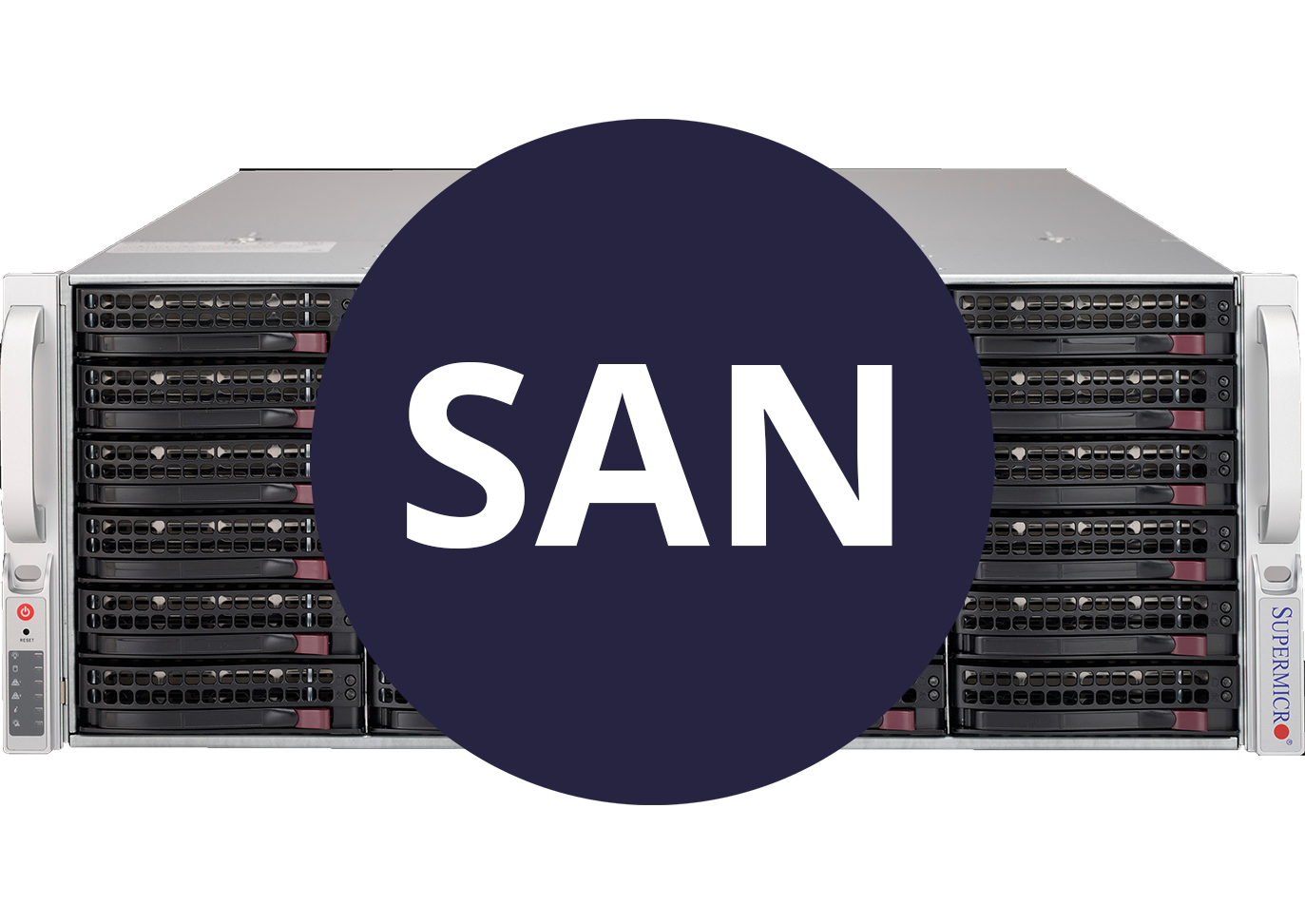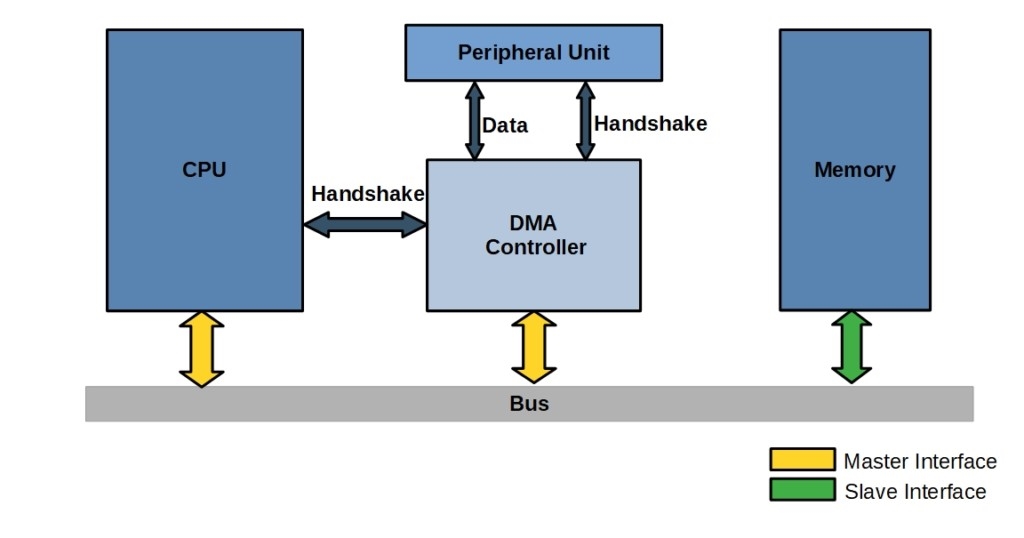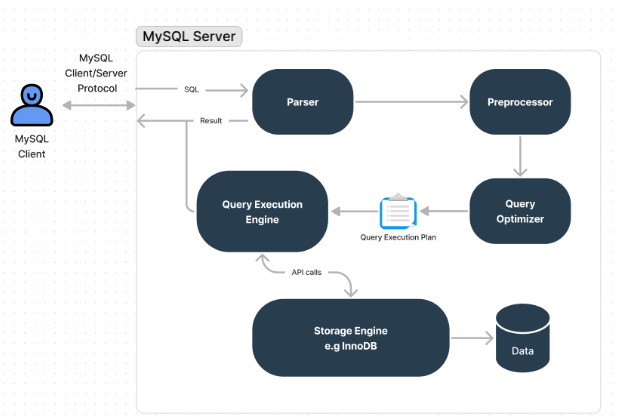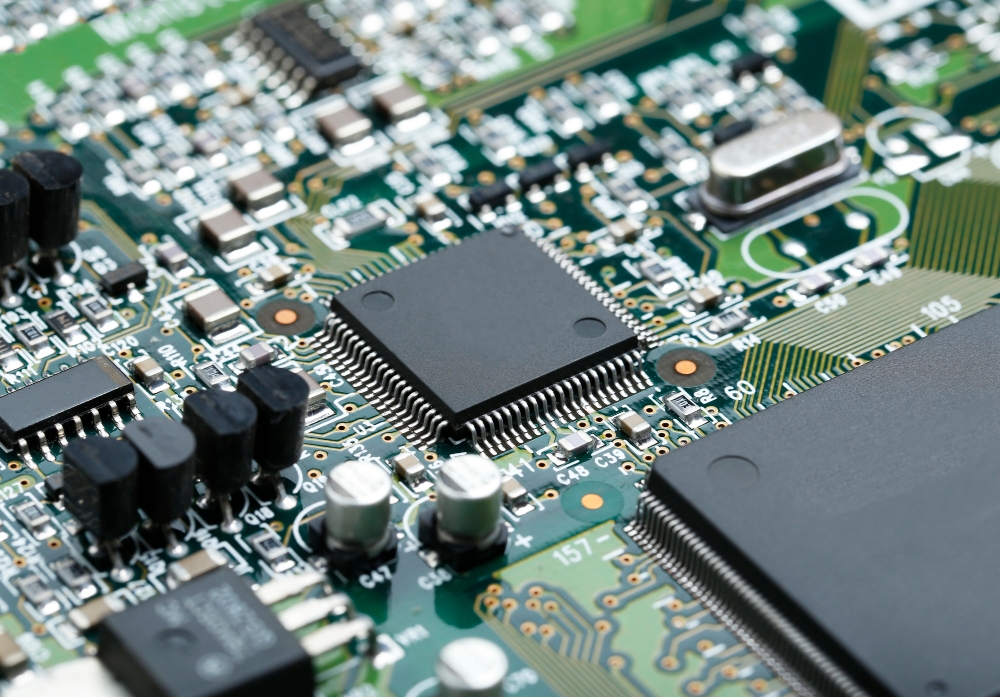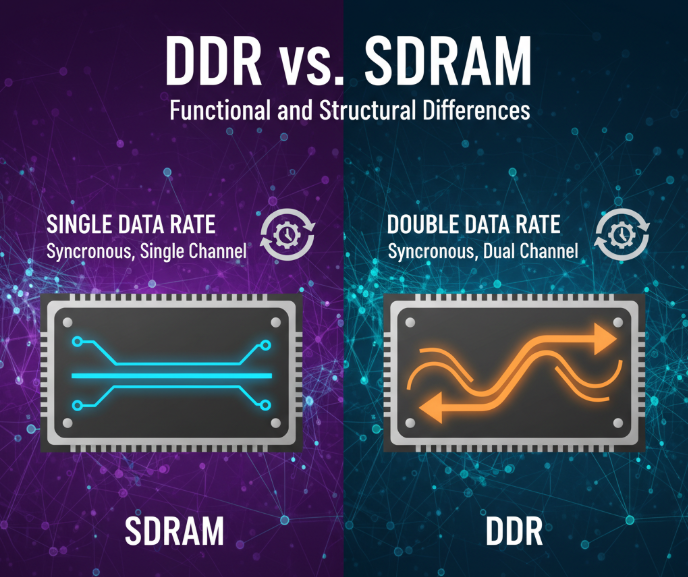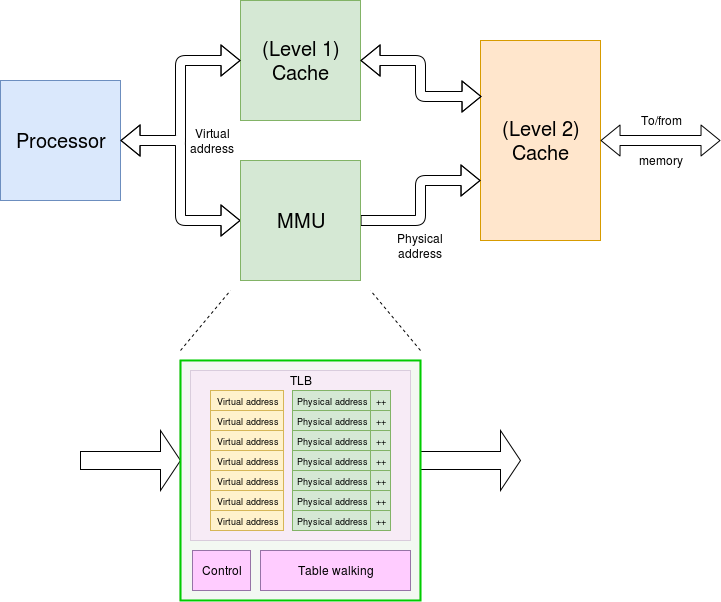Overview
Many enterprises in China still use a three-tier architecture composed of x86 servers with virtualization, SAN network switches, and centralized storage arrays. This article focuses on storage-layer migration and architecture upgrade strategies for the trusted-technology transition, analyzes factors to consider when replacing SAN storage, and outlines possible migration paths for IT teams.
Why SAN storage migration and architecture upgrades are needed
As trusted-technology initiatives have gained strategic emphasis, industries such as finance, telecommunications, and healthcare have accelerated adoption of China-made products. Storage is a core component of enterprise IT infrastructure. It affects information security, reliability, and performance, and therefore has a direct impact on critical business applications and data centers. Consequently, SAN storage migration to align with trusted-technology requirements is a priority for many organizations.
At the same time, rapid growth in digital services and data volumes has exposed limitations of traditional SAN architectures: complexity, performance bottlenecks, scaling difficulties, and operational overhead. These architectural and operational constraints are driving enterprises to consider SAN architecture upgrades as part of broader infrastructure modernization.
Key evaluation points for SAN storage migration
When selecting a SAN storage migration approach, enterprises should focus on:
- Compliance with trusted-technology requirements.
- Architectural alignment with current technology trends to sustainably support rapid business growth.
- Multi-dimensional validation—features, performance, reference cases, and vendor engineering capabilities—to ensure the replacement can support critical production workloads.
Migration route options under trusted-technology requirements
There are two primary migration approaches under trusted-technology considerations: replacing foreign SAN arrays with China-made SAN storage, or adopting China-made distributed storage solutions (including storage-compute separation and hyperconverged deployments).
1. Direct replacement with China-made SAN storage
Enterprises can replace existing foreign SAN arrays with China-made SAN products. However, this approach has several drawbacks:
- China-made SAN does not automatically imply compliance with trusted-technology stacks. Many previously developed midrange storage products were based on x86 platforms; products designed for processors such as Kunpeng, Feiteng, or Haiguang require a full trusted-stack redesign.
- SAN appliances rely on specialized hardware and typically follow long product iteration cycles. Hardware platforms based on trusted CPUs may not yet offer ideal performance.
- SAN migration affects more than the arrays themselves; fiber channel switches are also involved. Currently, there are limited direct replacements for fiber channel in some scenarios. IP SAN combined with high-speed Ethernet and NVMe-oF can reduce link access latency, but intrinsic limitations such as elastic scaling still remain in the SAN architecture.
2. Distributed storage (software-defined): architecture upgrade with trusted-stack migration
Unlike SAN, distributed storage uses a fully distributed architecture with multiple nodes forming a storage resource pool and data spread across many storage servers. Benefits include:
- Elimination of traditional controller bottlenecks, improving concurrency and resource utilization.
- In trusted-technology stacks, distributed architectures can partially compensate for the performance limitations of some China-made CPUs.
- Distributed storage is generally implemented as software-defined storage, which is relatively easier to adapt to servers based on Kunpeng, Haiguang, or similar CPUs.
- Shorter product iteration cycles and the ability to mitigate hardware reliability concerns through software high-availability features.
For replacing SAN with distributed block storage, there are two deployment patterns: storage-compute separation and hyperconverged infrastructure (HCI). HCI integrates compute virtualization, distributed storage, and networking into a compact architecture, saving rack space and simplifying maintenance. HCI can also leverage I/O locality and other techniques to improve performance and reduce latency in virtualized environments.
Conclusion
Both storage-compute separation and hyperconverged architectures demonstrate that distributed, software-defined storage provides greater benefits for SAN replacement and cloud-oriented migration under trusted-technology initiatives. Establishing a comprehensive evaluation framework and understanding differences in technology origins and delivery models among major Chinese vendors will help organizations choose suitable technical routes and suppliers, reduce migration risk, and better satisfy business requirements.
 ALLPCB
ALLPCB


